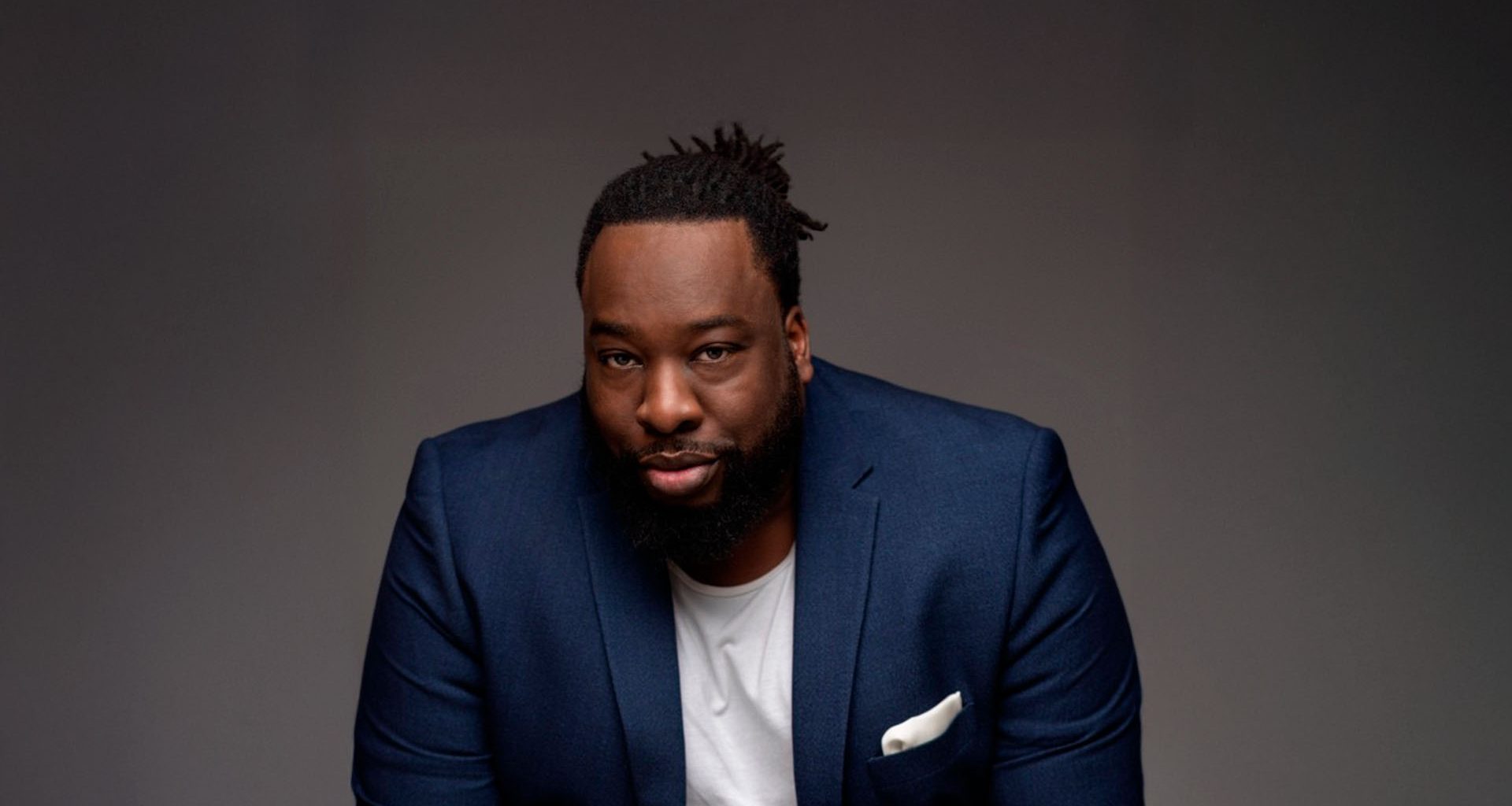For many luxury and premium brands, live events are a familiar line item. However, organizations still struggle to treat them as genuine conversion engines capable of driving high value, long-term commercial outcomes. For Cohan Leon Daley, a retail technology and luxury brand growth strategist, the issue stems from a mindset that has not kept pace with modern audiences or their expectations. “Some people are still doing what they did 30 years ago,” he says, explaining that familiarity tends to stop brands from evolving even when the market has moved on.
Daley’s career across luxury, retail and emerging technologies has given him an unusually holistic view of how events influence revenue. His approach blends commercial rigour with behavioural insight, and it is anchored in a simple principle he repeats often: “Events work when the right people are doing the right thing at the right time.” When that alignment happens, he argues, events can become one of the most effective conversion channels in a luxury brand’s toolkit.
A Clear Purpose for Better Commercial Outcomes
To start, he advises brands to define the outcome before anything else. Brands often fail to see ROI from events because they have not defined what success actually looks like. One event cannot simultaneously drive awareness, cross sell, upsell, increase market share and generate referrals. “Events cannot do all these things. We have to choose an outcome and have a plan around that,” he says. Once this outcome is clear, the entire organisation must be aligned around it. Success requires everyone from marketing and operations to presales, closers and customer success to understand their role. Without this, brands end up spending large sums on stand space only to go home saying they saw no return. Companies often overlook the basics such as preparing teams with clear pitches, knowing what to say to different stakeholders or planning a structured follow up.
Rethinking Who Speaks
One of Daley’s strongest views is that traditional hierarchies often undermine event impact. He recalls years of seeing CEOs pushed onto stages because of their title rather than their ability to connect with an audience, who instinctively recognise when someone is reading words that are not their own. Modern audiences respond to authenticity. For Daley, this means selecting speakers based on passion and knowledge, not seniority. He has seen events transform simply by allowing the individuals closest to the work to take the lead. The result is storytelling that feels lived rather than manufactured, and this shift alone can increase engagement and trust.
Follow Up, or The Engine of Conversion
The real commercial work begins after the event. “Most organisations do not know how to follow up or are not willing to do it,” he explains, noting that meaningful nurturing requires discipline. In the UK, the average salesperson makes only 2.2 follow up attempts, while in the US the figure drops to 1.8. Brands can invest more than £110,000 in a stand and still lose the opportunity because they simply stop calling.
Daley recommends 20 to 40 touches over three weeks across multiple channels. This includes automated thank you emails, feedback requests, invitations to continue conversations and tailored messages based on what prospects engaged with at the event. He has seen organisations generate more than 60% of revenue from live events purely because they executed follow up correctly. On one occasion, his partner secured 100% of her leads from in-person dinners for the same reason: meaningful connection supported by disciplined nurturing.
Experiences that Involve, Immerse and Co-Create
The future of event strategy lies in participation rather than presentation. “Give people something to do, something to interact with,” he says, describing workshops where prospects help shape product ideas and become internal champions. He is a strong advocate for mini workshops and interactive moments where guests can touch, test or even help shape a product. He describes previous events where prospects contributed feedback, saw ideas built in real time and became internal champions who pushed the solution inside their own organisations.
Technology has pushed this even further, with AI, 3D environments and WebGL now allowing brands to create immersive digital physical spaces that adapt to a user’s behaviour. Some tools track where attendees focus their attention, revealing which products resonate and guiding personalised recommendations on the spot. All of these capabilities will help redefine what conversion looks like at live events, enabling personalisation that feels purposeful and allowing brands to deliver moments that are truly tailored, intuitive and memorable.
The Power of Honesty and Human Connection
Despite the scale of technological change, Daley insists that authenticity remains the foundation of every successful event strategy. “The truth is subjective,” he says, “so we need to find out what people’s truths are. The day we can do that is by being honest ourselves.” Products do not need to be perfect. What matters is transparency about where a brand is today and where it intends to go. He believes that clients invest in honesty. They invest in teams that show integrity and a willingness to improve. Trends come and go quickly, he says, but loyalty lasts when something genuinely resonates. Live events, in Daley’s view, offer an opportunity to create shared experiences that make customers feel part of the brand’s journey. When done well, they become catalysts for conversion.
To connect with Cohan Leon Daley or learn more about his work, visit his LinkedIn and website.











